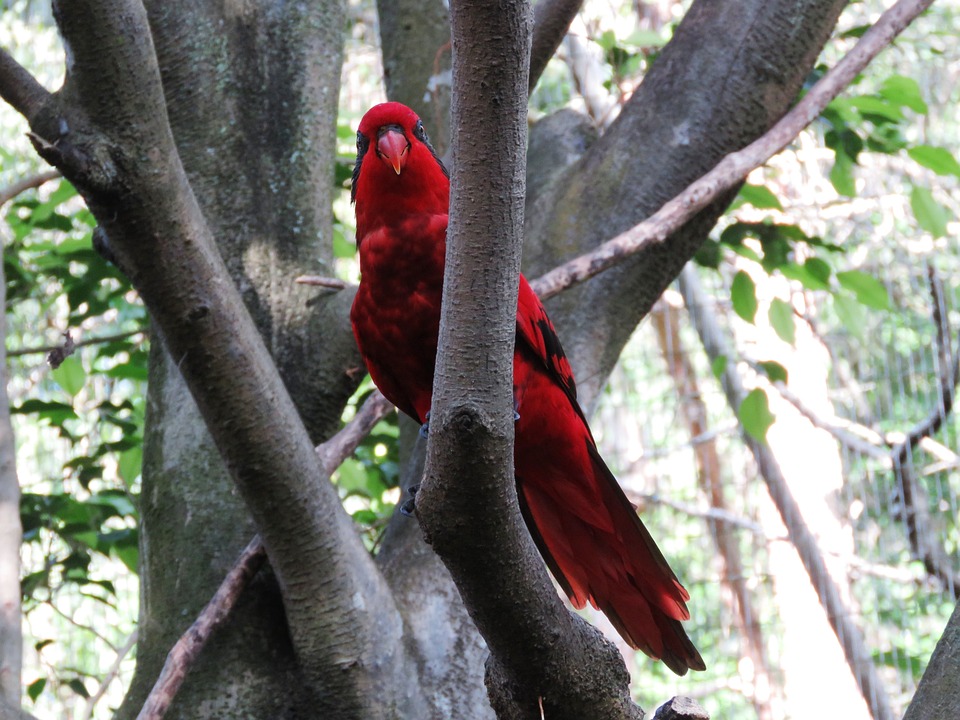Parrots possess an innate ability to fly, and encouraging this natural behavior not only enhances their overall well-being but also strengthens the bond between you and your feathered friend. In this article, we will delve into the art of teaching your parrot to take flight or perform a magnificent flyover. Follow our expert tips and watch your parrot soar through the skies with grace and confidence.
Before embarking on the journey of teaching your parrot to fly, it is crucial to understand the fundamentals of avian flight. Parrots have strong wings designed for agility and precision, allowing them to navigate through the air effortlessly. By respecting their natural instincts and providing the necessary training, you can help your parrot develop strong flight skills.
Creating a solid foundation for flight training is essential. Ensure your parrot is in optimal health, with trimmed nails and wings (if required) to prevent accidental injuries. Gradually increase your parrot’s physical activity levels by allowing ample out-of-cage time for exercise and exploration. This will help build muscle strength and coordination necessary for successful flight training.
Parrot-proofing the flying area is paramount to your parrot’s safety. Remove any potential hazards, such as open windows, fans, mirrors, or other pets, to minimize the risk of accidents. Provide a spacious and well-lit area for training purposes, ensuring there are no sharp objects or obstacles that could impede your parrot’s flight path.
Now let’s move on to the step-by-step training process:
1. Building Trust and Confidence:
Establishing trust and forming a strong bond with your parrot is the foundation for successful flight training. Spend quality time with your parrot, engaging in positive interactions, and using positive reinforcement techniques to foster trust and confidence.
2. Recall Training:
Teaching your parrot a reliable recall command is vital for their safety during flight. Introduce a simple recall cue, such as a unique whistle or phrase, and consistently reward your parrot with their favorite treats or praise when they respond correctly. Practice in a controlled environment until your parrot consistently returns to you upon hearing the recall cue.
3. Introducing Short Flights:
Begin by encouraging short flights from one perch to another within a confined space. Use enticing treats or toys to motivate your parrot to fly short distances. Gradually increase the distance between perches, ensuring your parrot feels comfortable and in control during each flight.
4. Gradual Increase in Flight Distance:
As your parrot becomes more proficient in short flights, expand the training area to encourage longer flights. Create a series of perches or stations at increasing distances to challenge your parrot’s flight capabilities. Always maintain a positive and encouraging atmosphere to boost your parrot’s confidence and motivation.
Flight training may present some challenges along the way. Common issues include fear of flying, reluctance to leave the comfort of their cage, or distractions during flight. Patience, consistency, and positive reinforcement are key to overcoming these obstacles. Seek guidance from an avian behaviorist if needed.
To address some frequently asked questions:
Q1: What if my parrot refuses to fly during training sessions?
A1: Start by assessing any potential health issues or fears that may be hindering your parrot’s progress. Consult with an avian veterinarian to rule out any physical problems. If fear is the issue, take a step back and focus on building trust and confidence before proceeding with flight training.
Q2: Can all parrot species be trained to fly?
A2: While all parrot species have the ability to fly, individual personalities and physical capabilities may vary. Flight training may be more challenging for larger parrot species due to their size and wing strength. Consult with an avian professional to determine the suitability of flight training for your specific parrot species.
Q3: How long does it take to teach a parrot to fly?
A3: The duration of flight training varies depending on the parrot’s individual progress, motivation, and previous experience. Some parrots may take weeks, while others may require several months to become proficient flyers. Patience, consistency, and positive reinforcement are key throughout the training process.
Teaching your parrot to take flight is an enriching experience that allows them to embrace their natural abilities. By following the step-by-step training process outlined in this article, you can safely and effectively train your parrot to fly with confidence. Remember to prioritize their safety, provide a supportive environment, and enjoy the thrill of witnessing your parrot explore the skies. Happy flying!









